[LambdaTest Spartans Panel Discussion]: What Changed For Testing & QA Community And What Lies Ahead
Salman Khan
Posted On: December 26, 2022
![]() 34091 Views
34091 Views
![]() 11 Min Read
11 Min Read
The rapid shift in the use of technology has impacted testing and quality assurance significantly, especially around the cloud adoption of agile development methodologies. With this, the increasing importance of quality and automation testing has risen enough to deliver quality work.
Fundamental changes within the testing and quality assurance community have immensely impacted testers and quality assurance professionals. Henceforth, staying updated about these changes and having a good understanding of future trends will help you to stay ahead of time and develop a better insight into the methodologies.
We’re sure you would have many questions about this topic and are eager to understand future predictions in the testing and QA field.
LambdaTest hosted a webinar where Manoj Kumar, VP-Developer Relations & OSPO at LambdaTest, invited the LambdaTest Spartans, a team filled with QA industry experts and thought leaders, to attend a panel discussion on automation testing advancements, the biggest trends in QA, the impact of AI and ML on testing, and the various shifts in the testing industry in recent years.
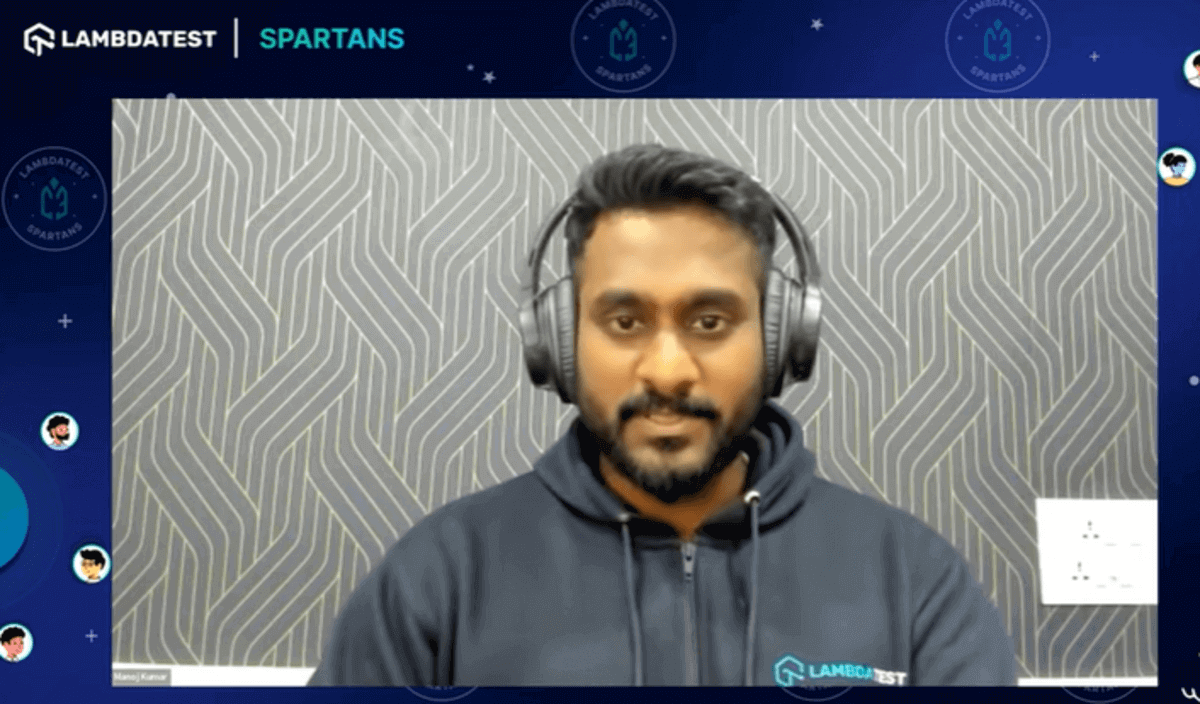
About the Panel Discussion
Our special guests who joined us were Pricilla Bilavendran working as a Team Leader at Billenium, Wasiq Bhamla, working as a Lead QA Engineer at Xnsio, Larry Goddard from Oxford University Press, working as an Automation Architect, Naveen Khunteta – Founder of Naveen Automation Labs Academy, Praveena Khan working as a Senior QA Consultant at ThoughtWorks and Brijesh Deb working as a Principal Consultant at Infosys.
If you missed the power-packed webinar, let us look at the event’s major highlights.
Here we go!
The LambdaTest Spartans panel had six members for the ongoing discussion and delivering in-depth information to the viewers. Manoj dropped in a few questions regarding the topic, and then each member of the panel spoke out their answers to the raised question.
Changes and trends in the QA world
The webinar started with Manoj shooting up a question across the table.

Question: If we were to reflect on the last year, what, according to you, have been the most significant changes and trends in the QA world?
- Brijesh: Last year has been quite interesting. We’ve seen the proliferation of technology or the tools discussed in previous years. In 2022, we witnessed the rise of low-code or b. Also, 2022 belonged to sports tech, as there has been a rise in applications. Health tech is for the future, and there’s already considerable work done in that segment.
- Naveen: There are many changes that happened, to start with, automation has already been there for the last decade, but a significant transition happened as many people began using Selenium 4, Playwright, and a lot of new releases are happening with respect to Cypress and implementing good practices for CI/CD pipelines.
People are moving from Jenkins to GitLab, GitHub, Azure, and DevOps for an environmental infrastructure setup for software framework development processes. People are now getting to know the value of tested-driven development and are more mature to understand the importance of behavior-driven development (BDD).People started asking and being vocal about when to use BDD or whether it is the correct implementation. The open-source community has been building strong since last year, with Selenium 4, Playwright, and other libraries coming into the picture.
They will also continue the same trend for the next couple of years. Especially with more mature automation testing models, CI/CD integration pipelines, and moving to cloud-based technologies.
- Parveena: Looking back at what 2022 was all about, it was more about the teams, like quality coaches, advocates within the teams, looking at various test automation, the complete holistic quality within the teams, and how a tester can share this knowledge and have those skills within the team.
- Pricilla: Digitalization has greatly improved testing in the post-covid era. We had a lot of web and mobile applications, so obviously, we’ll have the equivalent of work when it comes to testing. What I have seen as the most significant challenge is that we have a lot of testing tools. Selecting a tool is one of the greatest challenges because it’s spoiled by choices. We have many options requiring more profound research compared to the previous years.
Also, people are so focused on the other testing flavors that they focus on security performance, accessibility, UI testing, etc. People are coming up, and they see this as not just a career improvement, but they do it passionately. - Wasiq: There is an overall increase in automated testing because there is high demand for continuous deployment and early release to production in many organizations. Adopting test pyramids and shift-left testing approaches is also increasing in traditional automation.
There is also an increase in the development of mobile applications, which requires us to think from a mobile or testing automation perspective, and there are also new trends coming up in API testing where we can see an increase in contract testing kind of thing such as contract testing in a schema validation.
Besides, there is also an increase in security testing, performance testing, and visual regression testing. So all of these were some changes seen in 2022. We should also not forget the blockchain, Metaverse, ARVR, and web3 coming up. These applications require entirely different expertise to learn and Innovative approaches to testing such kinds of applications.
- Larry: A lot of things are especially coming in for this new year, and it’s all about AI. No matter if it is some aspect of AI when you look at the trend that is going on now, it’s just now we have AI to look after simple things, and now we have the new kid added, namely ChatGPT. The biggest change for this year and the last 18 months, including the old contract testing, was the introduction of AI.
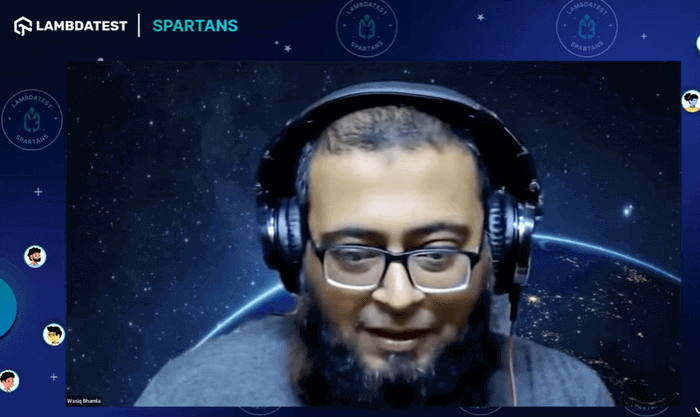
Manoj closed the question by sharing his answer: the advent of cloud adoption agile and now AI, community, low code, and no code versions are present. Also, there is an increasing demand for non-functional or cross-functional testing requirements. There was always a conversation about generalists vs. specialists.
Back when I was playing a senior tester role or specific specialist role like a performance test engineer, the trend has gone. People now are extending and learning as much as tools and the concepts behind performance testing or security accessibility.
Quality is everyone’s responsibility
The next question Manoj asked was about software quality, which is everyone’s responsibility.
We have always said quality is, but how have you personally implemented it?
- Parveena: We usually say the quality is everyone’s responsibility, but who owns it? It’s difficult to tell if everyone owns it. Even when we teach, we need people to remember all the time. They sometimes need help understanding quality and think it’s all about testing. Since you can’t test everything, share knowledge across teams, advocate for things, and share about testing and how it differs from quality.
- Brijesh: In my opinion, automation is the new normal. You cannot imagine a situation where you are testing in today’s world without automation playing a crucial role. There are points where you need human intervention. For example, if you talk about end-to-end testing, there are humans at both ends. However, in the middle, what you do focuses extensively on automation.
- Naveen: Yes, automation is a new norm since it makes testers’ lives easier by focusing on the critical part where most scenarios or regulatory scenarios are performed through automation. Still, it must be done with the right approach and mindset. At the same time, we must not overlook manual testing.
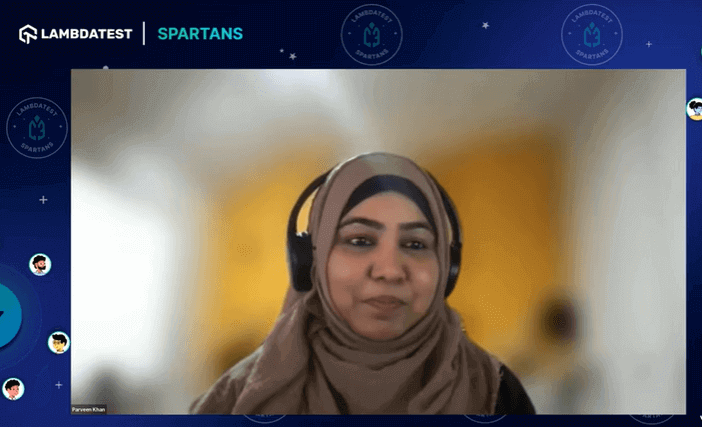
AMA round
The following are questions from attendees.
How to cope with learning new tools and technologies?
According to Pricilla, you need to keep growing with a trend but instead of following the tool, go behind the tool or technology. For example, in API testing, understand the basics of API testing, what technical jargon people are talking about, and don’t rely on a single tool. Pick a tool or technology that matches your passion and your current need or for your next job. You can also create your project on GitHub, as it enhances your knowledge.
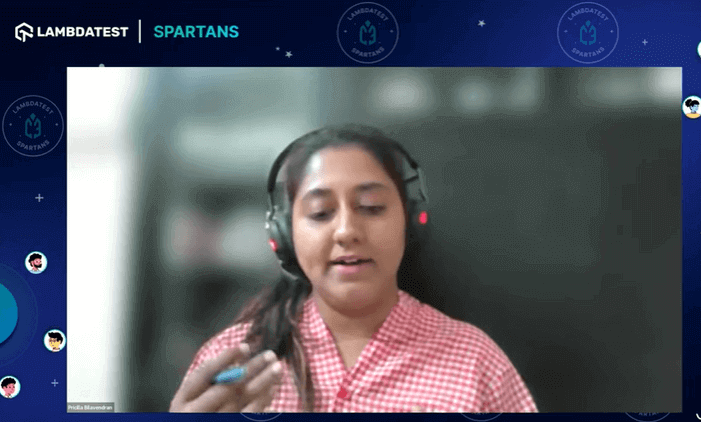
Naveen further adds – If you are unable to teach someone, perhaps you can communicate, have a conversation, or brainstorm with your colleagues. You can write blogs, manage your git repository, and then share your knowledge on social networks. So, in six months or a year, when you use that particular tool or technology, those blocks, training, and notes will come in handy. Read more about Pricilla Bilavendran and her talk on Beyond 200 OK during Testμ Conference 2022 by LambdaTest.
Impact of AI / ML on testing
Brijesh says, I still believe that AI and ML are in a state of decency, and a lot of work needs to be done to develop to a level where we can have 100% confidence in them. Even with ChatGPT, there is seemingly a lot of reliance on getting code written; it writes some very good code. But does it solve all our problems? Definitely not. There are areas where a lot of work is to be done regarding AI and ML with respect to testing.
Wasiq then added that the most crucial area in which AI and ML can help us is test reporting. It can auto-try edge and auto-categorize failures, identify failed trends such as why the tests are failing, and identify any trends in those failures.
To make the AMA session even more enjoyable Manoj brings the ChatGPT bot to ask questions. Following are a few questions answered by Naveen, Brijesh, and Parveena
- Impactful changes in the testing and QA landscape.
- Biggest shift occurred in the industry over the past years.

Role of Test Pyramid
Larry explains – you can transpose and move from project to project with the whole technology. But when you build a framework for a project that works fine, you have the next project to start. Now how do you utilize the whole thing that you build in there? In my opinion, if you build a framework for testing for a particular project, it must be reusable. If it’s not, it can waste your time, energy, and resources.
Brijesh then talks about the challenges while implementing a test pyramid: doing more unit testing, looking for highly-skilled software testers, and so on. He further adds – try to focus on selecting the right tools for testing, identifying the problem, and creating solutions, learning appropriately to get the results.
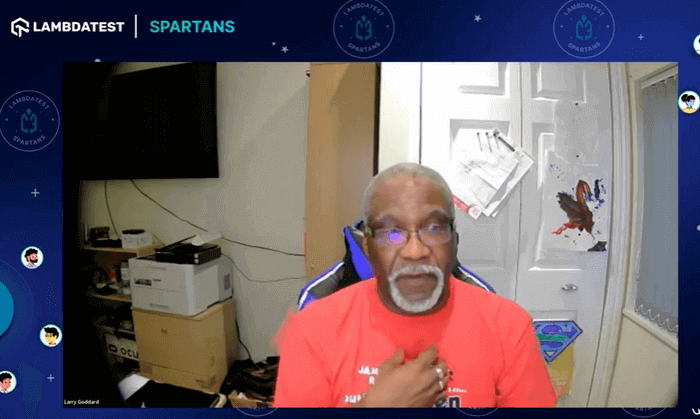
Testing trends to look for in 2023
Before closing the session, Manoj asked the panelists about the software testing trends they look for in 2023.
Following are some testing trends for 2023 shared by the panelist.
- Larry: Emphasis on AI and ML in testing space.
- Pricilla: Evolution of API testing, AI, ML, low code, and no code.
- Wasiq: Implementation of GraphQL, the rise of flutter applications.
- Praveena: Working on complex architectures, emphasis on manual testing and new tools.
- Naveen: Adoption of cloud testing platforms, agile and DevOps practices, and emphasis on non-functional testing.
- Brijesh: Low code and no code automation, migrating testing to the cloud.
Hope you enjoyed the LambdaTest Spartans Panel Discussion 🚀
Got Questions? Drop them on LambdaTest Community. Visit now














